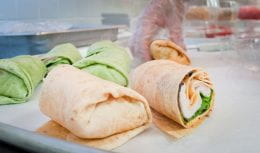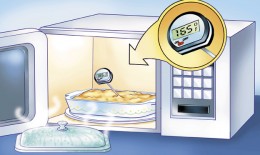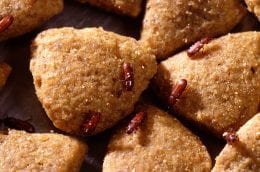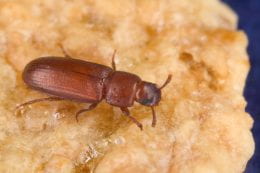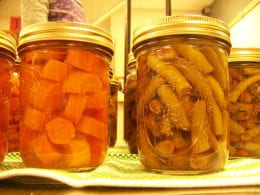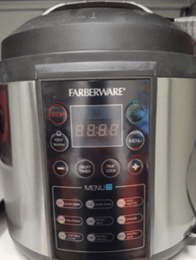
Food safety is in your hands, and your home! Food Safety Education month is in September and every consumer has a role in how safe food is prepared, handled, and consumed. Your hands touch many items and surfaces throughout the day, so taking 20 seconds to wash them is the first step in keeping food safe.
Our hands also pass food from one person to another, whether at the dinner table or delivering food to a family member or neighbor. Food delivery demand increased dramatically in recent months. This will continue as we approach the holiday season.
To learn more about handling delivered food safely, join the Partnership for Food Safety Education on August 25th at Noon CST for a webinar pack with new food delivery resources.
Along with handwashing, fingernail hygiene is equally important. Fingernails can hide dirt and bacteria. They can contribute to infections such as from pinworms. This particular infection is the most common worm infection in the U.S. Because of this, it is important to always wash your hands, and clean under your fingernails, after using the restroom or after changing baby diapers.
Learn more about safe food handling practices and more at KSRE Extension Food Safety. More information regarding Food Safety Education month will be released soon.
